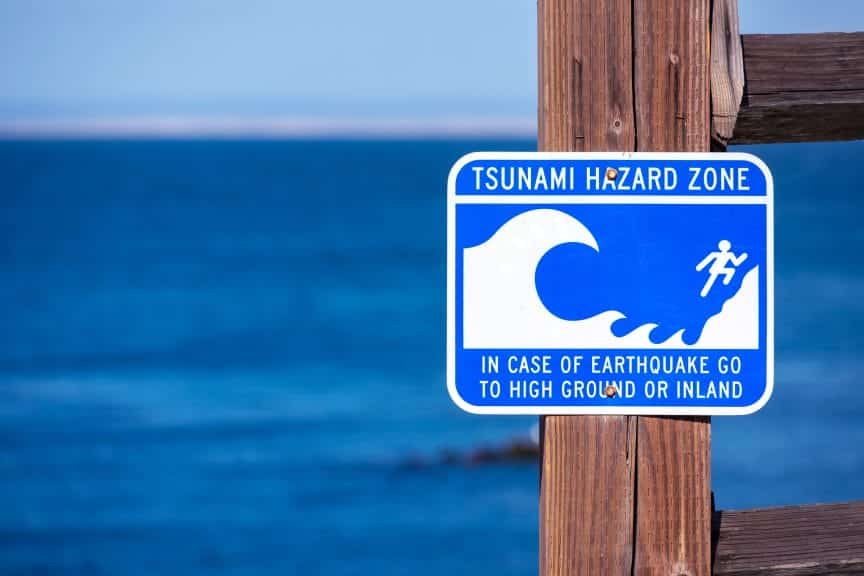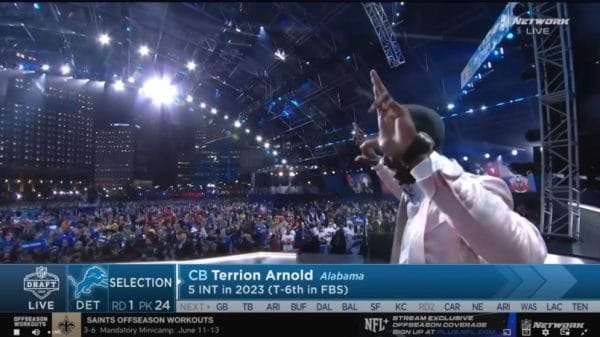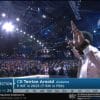A Seattle-based company has begun selling floating survival pods meant to protect users from tsunamis and other natural disasters.
Survival Capsule, LLC, a young, Seattle-based company, is offering tsunami survival pods as a high-tech solution to survive natural disasters. The spherical shelters are designed to protect those inside from drowning or being injured by debris thrown by the massive surges. The pods are composed of aircraft-grade aluminum. They also feature a watertight door, bulletproof porthole windows, thermal lining, a GPS beacon, and air canisters.
The company had its first customer in 2017. A woman named Jeanne Johnson moved to Washington’s Long Beach Peninsula and quickly realized that it may be difficult to escape from her property in the event of a disaster. So, she invested $13,500 in her survival capsule. Johnson says she’s been practicing getting into the pod and securing herself so she can act fast in an emergency.
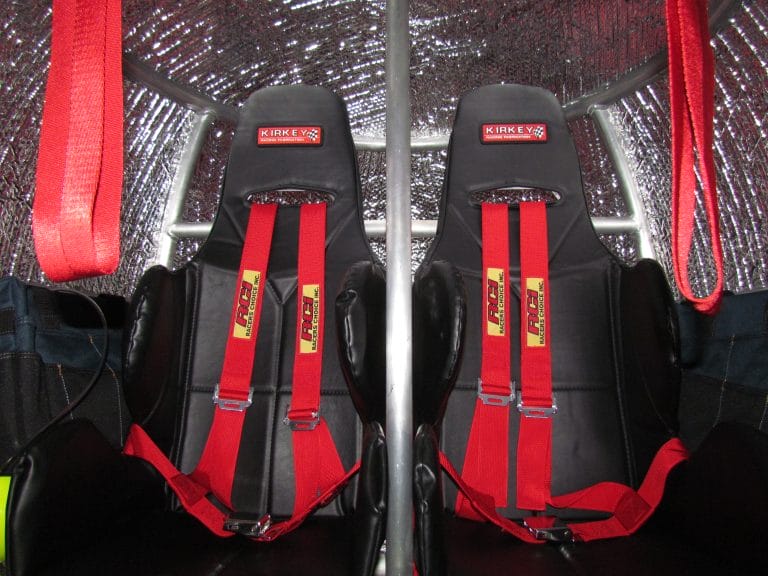
“It’s going to be terrible,” says the 55-year-old. “But it’s better than the alternative.”
The pod was created by aerospace engineer Julian Sharpe, the founder of Survival Capsule LLC. Sharpe was inspired by the 2004 Indian Ocean earthquake and tsunami, which claimed the lives of over 200,000 people. He and his family were staying at a waterfront hotel in Oregon when the tsunami happened. He worried about how they would get to safety in time if something similar occurred in the Pacific Northwest.
“Our kids were very little. We had two huskies. How could we evacuate in time?” he said.
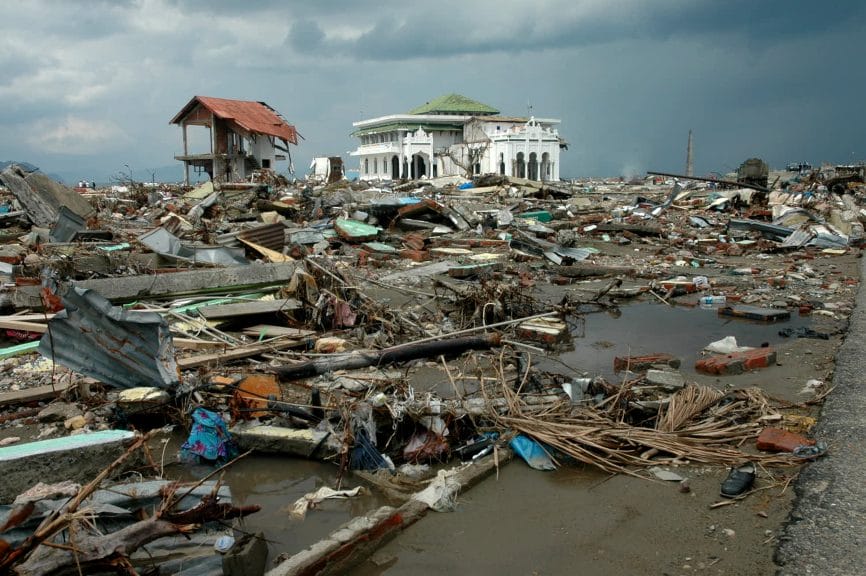
Sharpe and his team began their work seven years later after the 2011 Japan earthquake and tsunami killed 16,000 people. Japan has long been considered one of the world’s most disaster-ready nations. The fact that so many were killed in such a well-prepared nation lit a fire underneath Sharpe and his team.
Sharpe has a career as the head of a small company that analyzes and tests the structure and stress capabilities of airplane parts. He applied many of the same concepts when designing varying sizes of capsules that could withstand the force of a tsunami.
The team used computer-generated models to simulate the forces the survival pods would undergo. They also ran a stress test, subjecting the capsule to 40,000 pounds of pressure to make sure the door won’t leak or give way. One of the pods was even used in a stunt for a film crew. It was sent 200 feet down Palouse Falls without any critical damage.
“I would use this for my family,” Sharpe said. The team’s design was granted a U.S. patent.
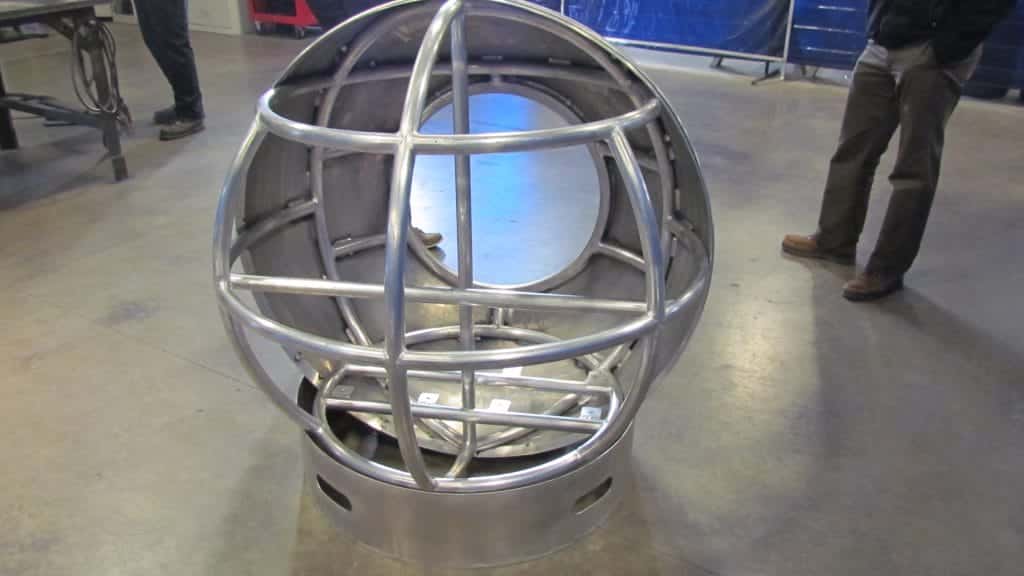
Despite the pods’ successes, there have been several critics. “What if you get stuck under debris, or something tears it and it leaks?” asks Chuck Wallace, a Navy veteran who served on submarines. “You’re not just going to convince me they’re safe.”
Sharpe’s team argues that the pods can be used for the elderly and disabled, who may not otherwise be able to make it to safety in time. “What we’re trying to do is increase people’s chances of survival,” Sharpe says. “If you have no other means of escape, this is a very viable option.”
Despite critics’ concerns, Sharpe has a worldwide client list of about 400. One coastal prefecture is even considering offering subsidies to help the most vulnerable afford the survival pods. The capsules also earned an endorsement from a leading Japanese tsunami expert.
It’s impossible to know with absolute accuracy when the next earthquake or tsunami will strike. Sharpe and his team are dedicated to creating viable options for those who live in dangerous areas and may not be able to make it to somewhere safe.


